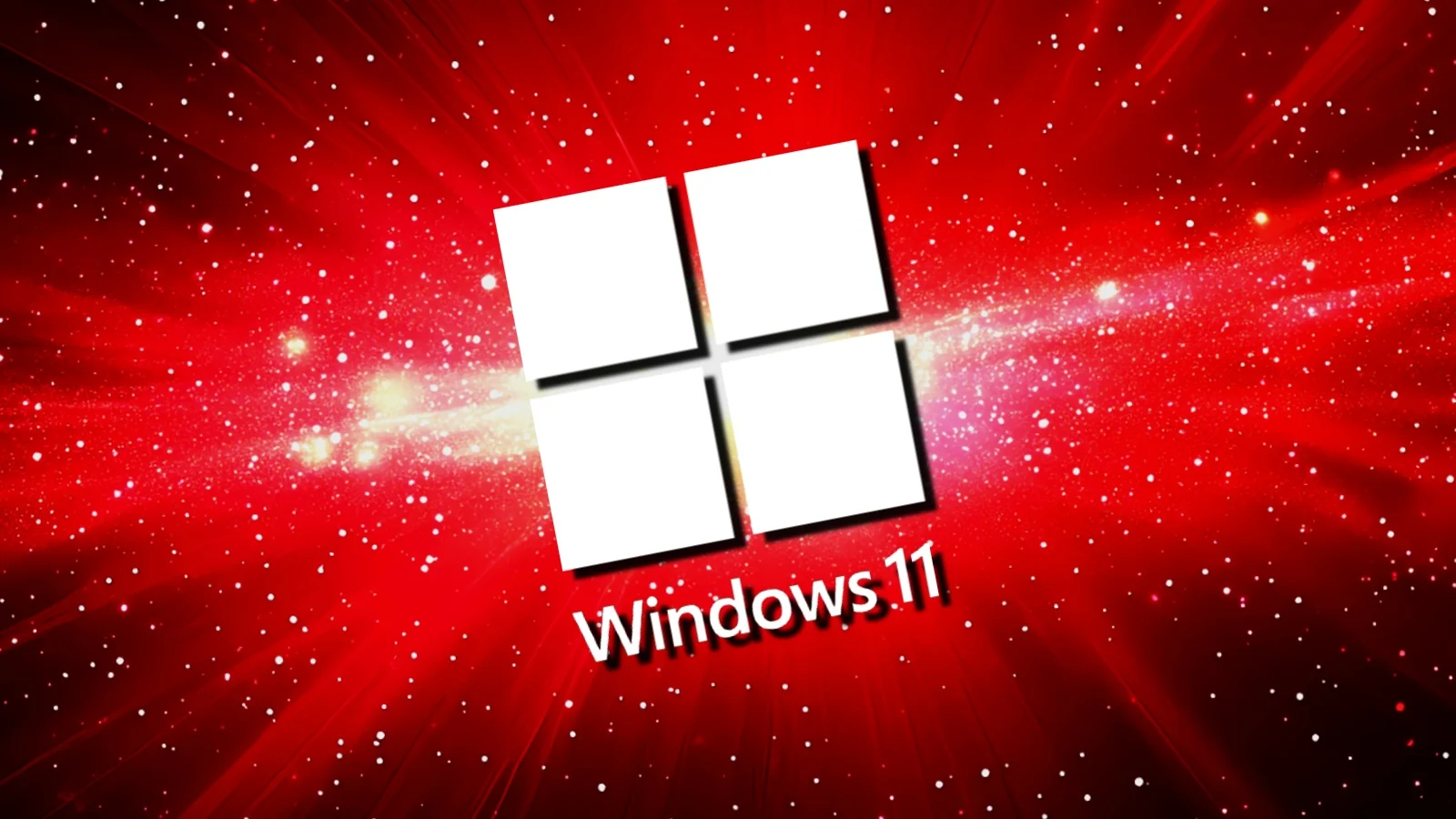
Microsoft says having a TPM is “non-negotiable” for Windows 11
Microsoft made it abundantly clear this week that Windows 10 users won’t be able to upgrade to Windows 11 unless their systems come with TPM 2.0 support, stating it’s a “non-negotiable” requirement.
TPM 2.0 (Trusted Platform Module 2.0) is a dedicated processor on modern computers that provides hardware-based security functions and serves as a trusted hardware component for storing sensitive data, including encryption keys and other security credentials.
In June 2021, Microsoft announced TPM 2.0 as a mandatory requirement for installing or upgrading to Windows 11, saying it makes systems more resistant to tampering and sophisticated cyberattacks.
However, that didn’t prevent Windows users from creating various tools, scripts, and techniques to bypass this requirement, although there’s no guarantee that Windows 11 will work without a TPM in the future.
In a new article published on Tuesday, senior product manager Steven Hosking tagged it as “a non-negotiable standard for the future of Windows” and shared how TPM 2.0 tackles new security challenges with improved industry-standard cryptography and seamless integration with Windows security capabilities like Secure Boot and Windows Hello for Business.
“TPM 2.0 plays a crucial role in enhancing identity and data protection on Windows devices, as well as maintaining the integrity of your system,” said Hosking.
“TPM 2.0 is essential to counteracting present-day cyber risks. As such, you should not disable TPM checks on Windows 11 endpoints. [..] TPM 2.0 also helps future-proof Windows 11. One way it does so is by helping to protect sensitive information as more AI capabilities come to physical, cloud, and server architecture.”
However, although Windows 10 will reach the end of support in less than a year, on October 14, 2025, leaving systems without new bug fixes or security updates, Statcounter Global data shows that more than 61% of all Windows systems worldwide still run Windows 10, while less than 35% run Windows 11, three years after the latter’s October 2021 launch.

Even though Windows 10’s end of support is rapidly approaching, the company announced on October 31 that Windows 10 home users will be able to delay the switch to Windows 11 for one more year if they’re willing to pay $30 for Extended Security Updates (ESU).
“The ESU program for consumers will be a one-year option available for $30. Program enrollment will be available closer to the end of support in 2025,” said Yusuf Mehdi, Microsoft Executive Vice President and Consumer Chief Marketing Officer.
However, Long-Term Servicing Branch (LTSB) and Long-Term Servicing Channel (LTSC) releases that cater to specialized devices, like industrial and medical devices, will still receive updates beyond October 2025.
For instance, Windows 10 2016 LTSB will reach its extended end date on October 13, 2026, while Windows 10 IoT Enterprise LTSC 2021 will reach its extended end date six years later, on January 13, 2032.
Today, Microsoft also revealed that Windows 11 24H2 has entered “a new stage of availability” as it’s now being to more eligible devices running Windows 11, versions 22H2 and 23H2.
“To check if the update is available for your device, simply select Settings > Windows Update and select Check for updates. If your device is ready for the update, you’ll see the option to Download and install,” a Windows release health update states.



